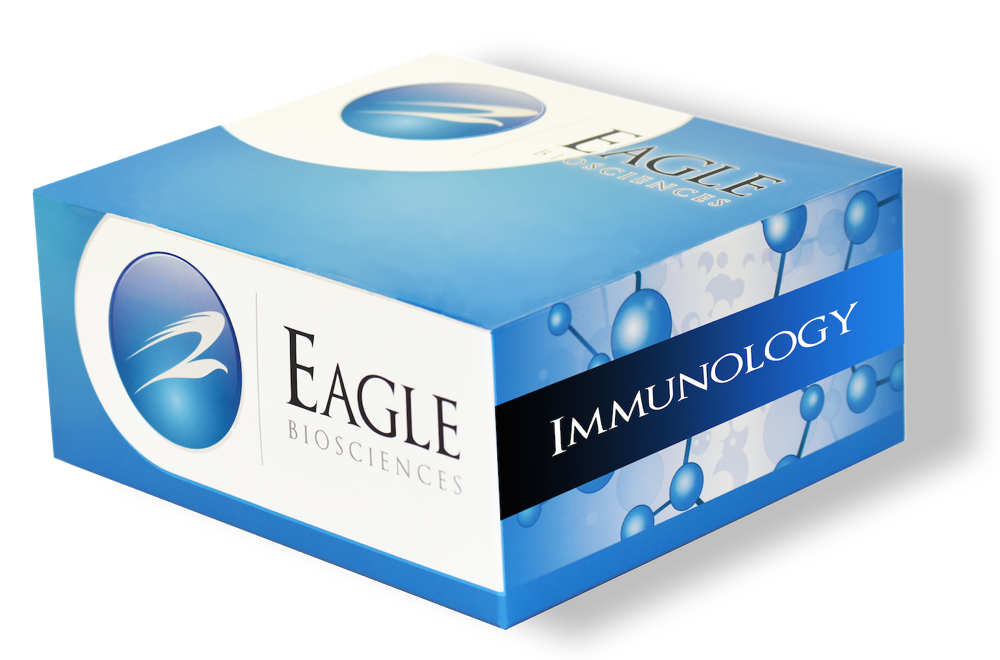Mannose Binding Lectin (MBL), an integral C-type lectin in innate immunity, is part of the
collectin family, featuring a collagen-like and carbohydrate recognition domain (CRD). This
enables MBL to identify specific carbohydrates, such as mannose and N-acetylglucosamine,
on the surfaces of pathogens. MBL forms various sized oligomers, each comprising three
identical 32 kDa polypeptide subunits. As a pivotal pattern recognition receptor, MBL initiates
the lectin-complement pathway activation through MASP serine proteases, independent of
antibody and C1q involvement, thereby bypassing the classical and alternative pathways.
Produced primarily by hepatocytes, MBL’s presence in liver or serum across vertebrates
highlights its widespread biological significance.
In human plasma, MBL concentrations can range from 10 to 5,000 ng/ml, with up to 12% of
healthy Caucasian donors displaying levels below 100 ng/ml. These variations, particularly
lower MBL levels, have been linked to inherited opsonization defects. Elevated MBL
concentrations often signal infectious disease presence. MBL measurement is critical for
diagnosing and managing recurrent infections, especially in children, and for assessing risks
in primary/secondary immunodeficiencies, atherosclerosis, coronary heart disease, cystic
fibrosis, transplantation, and autoimmune diseases like SLE and rheumatoid arthritis.
Notably, MBL assays are unaffected by anti-mannan antibodies. Advanced assay techniques
have been developed to eliminate the influence of the classical pathway, ensuring accurate
MBL concentration assessments for effective clinical evaluation.
This product is manufactured in Netherlands by Hycult Biotech.
| Size | 1 x 96 Well |
| Sensitivity | 0.41 ng/mL |
| Dynamic Range | 0.41 – 100 ng/mL |
| Incubation Time | 4 hours |
| Sample Type | Serum, Plasma, Cell Culture Supernatant |
| Storage | 2-8°C |
| Alternative Names | MBL |

